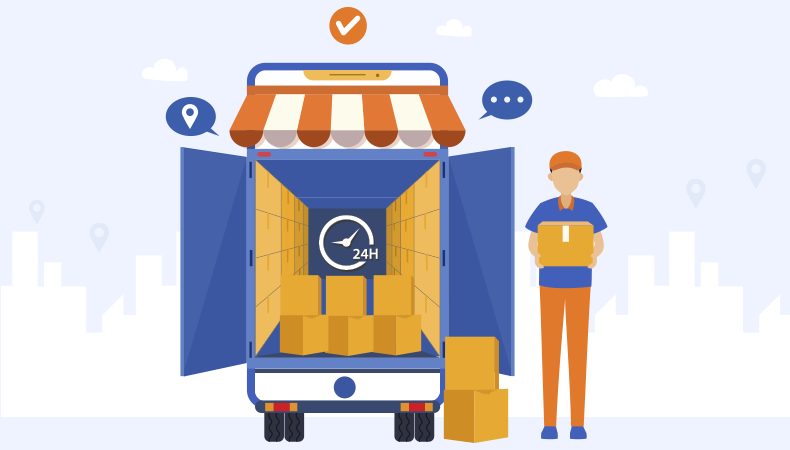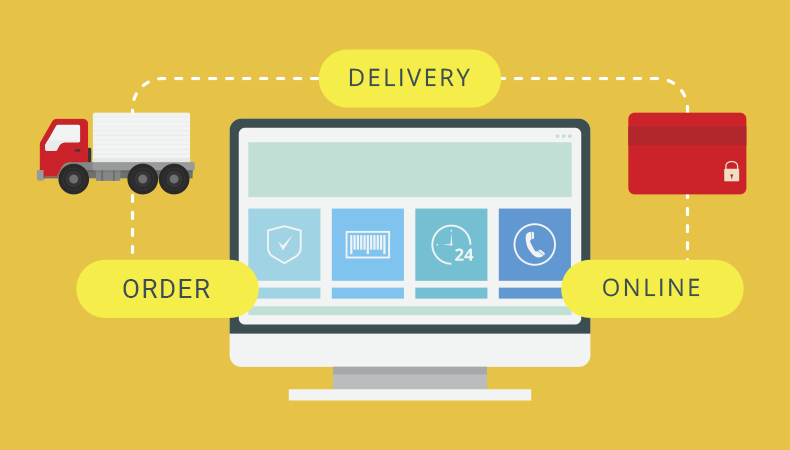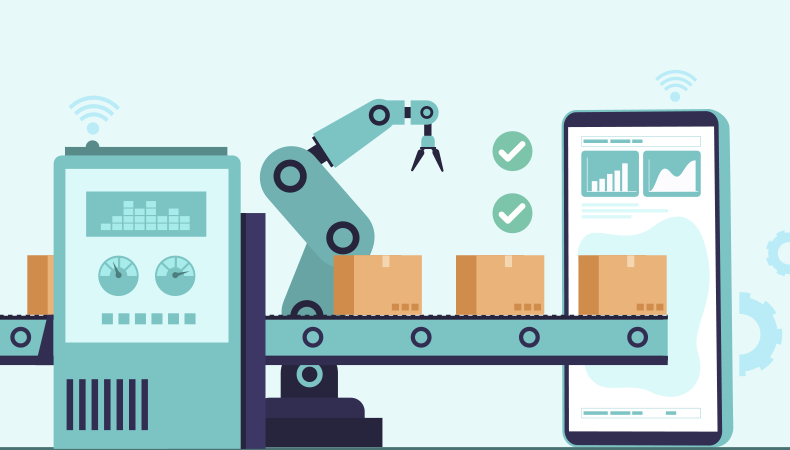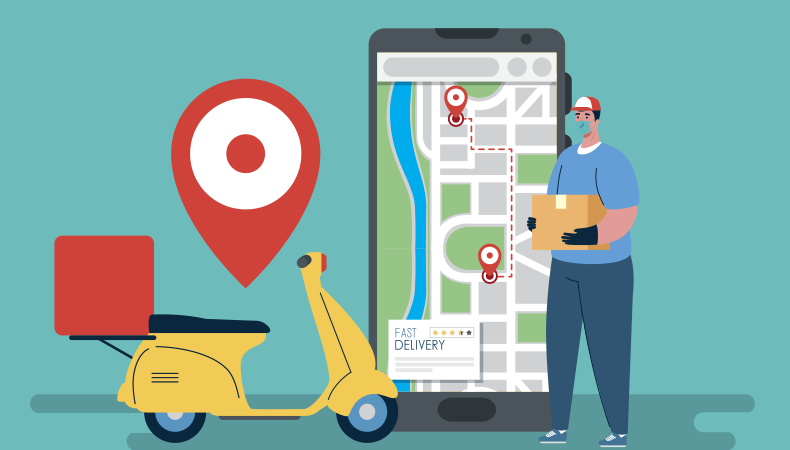E-logistics: how should the logistics of E-commerce be?

A recent DHL report states that automation and digitization of the supply chain are fundamental factors for all online businesses seeking to remain in the market in the long term, and these take more priority than customer experience. This is because the e-commerce boom has fostered many changes since history, like advancement in technologies relating to product storage and last-mile delivery services. Today, most of the logistics operations are handled by last mile logistics software, as there is just too much work pressure for humans to handle such work stress on their own.
What is e-logistics or electronic logistics?

E-Logistics is a term given for all the logistics processes that are carried out in an e-commerce business, in order to offer online customers a satisfactory shopping experience. e-logistics or electronic logistics makes operations like inventory management, storage and logistics transport, more adapted to the new demands of the digital age by the use of state of the art, efficient technologies. Of course, the control of the most important aspects of the logistics operations are given to experienced professionals, but most routine tasks are automated with the use of e-logistics technologies.
E-commerce and e-logistics are closely related. E-commerce is a business that helps sell products to a wide internet-based customer base, while e-logistics helps in the actual delivery process of such a business. As ecommerce is a business activity that has more impersonal transactions than most other businesses, direct contact points with the vendors and customers become crucial. Here, e-logistics immensely helps in the increase of sales and revenue generation by providing the most suitable conditions for the distribution of various products that are sold within e-commerce to their destinations.
The different parts of e-logistics
E-Logistics is made up of multiple parts, just like any other reliable logistics system. Following are the different parts of the e-logistics machinery.
e-logistics digital information systems
The digital information systems are all parts of e-logistics that help in the efficient communication between different parts of the delivery process. Digital information systems include many software that processes and integrate information regarding orders, returns, deliveries, and other such routine tasks in the supply chain. This helps business administrators to visualize the supply processes in real-time and deal with any unusual incidents efficiently.

Information technologies and communication systems are one of the most important parts of the e-logistics machinery, as so much of the process depends on them. The digital information systems present in most e-logistics businesses are made very robust, secure and highly efficient because of such requirements. They also usually function without a break in the business.
Storage in e-logistics
Storage processes in e-logistics include all processes that involve the preparation and management of the products in the warehouse (also called picking), to efficiently packaging and storing them until the customer order is made. With the most recent technological advancements, e-logistics procedures related to stock management and storage are usually carried out in an automated and integrated way.

The best example of this can be seen in Amazon fulfilment centres. They are very unlike warehouses of traditional offline businesses. Almost all e-logistics functions are carried out in them by the efficient usage of advanced technology like automated stock management and delivery dispatch software and hardware that is enabled with high communication capabilities with the system.
Efficient distribution in e-logistics
The dispatch, route optimization, monitoring of deliveries in real-time, delivery schedules, and emergencies are handled by this part of the e-logistics system. This is regarded by many as the most important stage, since it is directly related to customer service, and thus most control of this e-logistics sector is handed over to advanced supply chain software. They handle most routine tasks and also come with systems that alert the business administrators if they predict something of concern may happen in a particular delivery job.
According to a study in Mexico in 2019 by 58% of buyers said that they prefer to buy from e-commerce stores because they can enjoy home delivery, while 53% said that they do so to save time. Advanced logistics delivery tracking system makes sure that time is saved on every delivery job, and people have been integrating ways in which e-logistics can be made better when it comes to customer experience.
Scope of e-logistics
With the implementation of e-logistics, e-commerce begins to venture into the use of better methods to optimize the deliveries of their products and also help in generating and improving customer experience. Depending on the type of product and geographical areas, the online company must use different types of logistics strategies to satisfy demand. Because of advancements in e-logistics technologies, logistics in unfamiliar areas are no longer limited by outsourcing. Managing your own fleet is also made possible by AI and delivery software in the present era.
e-logistics helps in the management and control of information in real-time. This helps in accurate visualization of everything that happens in the supply chain. Due to this, e-commerce can expand its reach and area of service without worrying about being inefficient. E-logistics technologies also help predict and analyze customer behaviour, which can help increase business revenues.
Technologies used in e-logistics processes

To achieve the high performance required in the e-commerce business, e-logistics must use many technologies to be efficient. Following are the most important technologies used in every part of the e-logistics machinery
- For efficient logistics information systems, e-logistics uses a combination of different tools that help to process real-time information. This is done in order to increase the efficiency of planning and distribution of orders. AI in delivery software, big data technologies and business intelligence, are some software used in e-logistics to help with this process.
- For storage, automation is made possible through WMS (warehouse management systems). Software is increasingly used to make storage and packaging processes efficient both in terms of time and cost.
- For distribution, there are geolocation technologies integrated with smartphones that allow vehicles to be tracked in real-time. The software helps plan the best routes for the delivery agents, and monitors transport processes and notifies both the customer and the business administrators of the status of the delivery job at every important moment.
Conclusion
E-logistics is required to be very efficient in the modern age as e-commerce businesses have attained supersaturation levels and it has become hard to be profitable with traditional supply chain models. E-logistics in the modern age has highly efficient mechanisms working together to give a better customer experience. Deliforce is a delivery management software that helps businesses track their delivery agents and delivery packages in real-time. It can easily be integrated into any business that needs help in supply chain management to improve efficiency. It records real-time data about everything related to logistics and also helps predict future events based on such analysis.





